Only Fools on Couches
From September through to December 2019, I lived out variations on the theme of Michael Snow’s film, The Living Room ( 2000, 16mm) together with my family with whom I frequently work under the moniker, The Dollhouse Staff. Enchanted by The Living Room, I never quite managed to drag myself out of its thrall. It’s my Can’t Escape Room, I guess! Housing, offers me the excuse to stay there, to push and prod, tease and stretch some of the themes and textures of Snow’s film and my Preparatory Studies to exaggerated extremes, playing with thoughts around transparency and privacy in the Plexiglass Dollhouse.
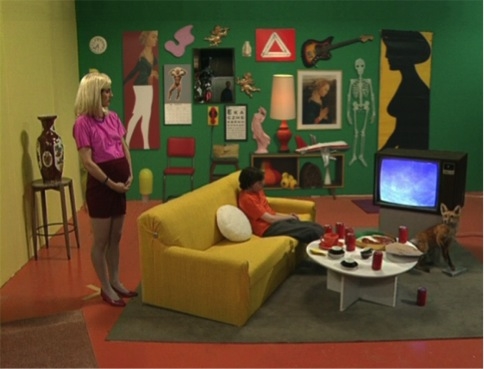
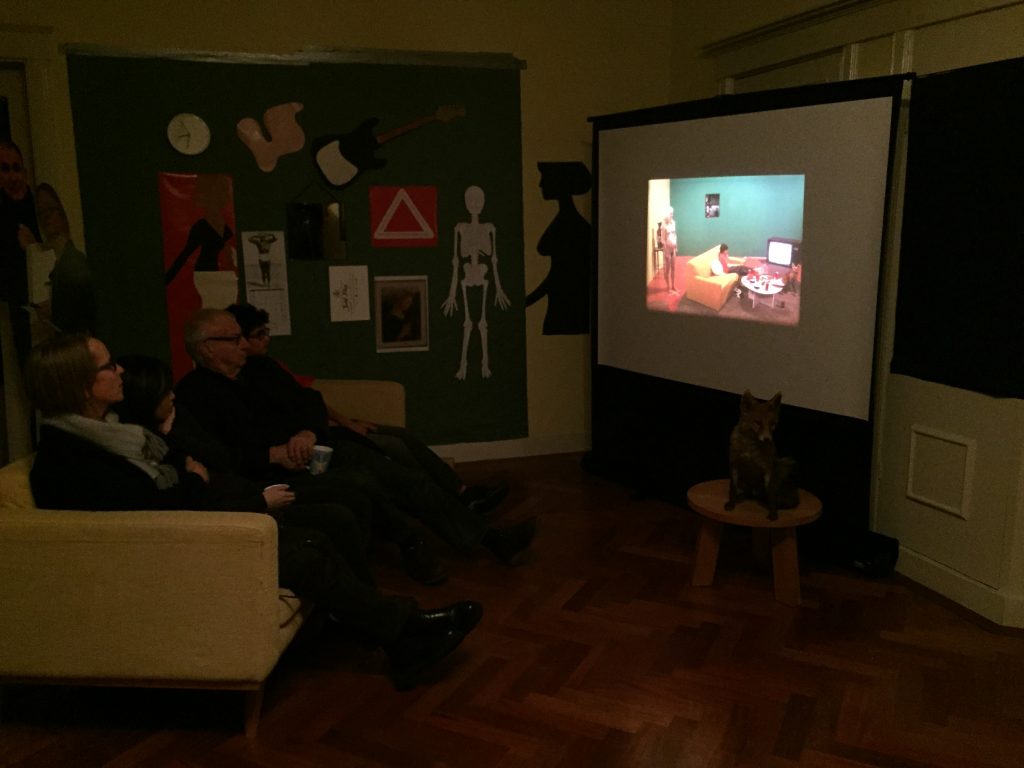
The Living Room: Preparatory Studies I-X + Bre[a]k[h]ages issued from my research and intimate engagement with Snow’s film. Revelling in elements of slapstick comedy, the series is part homage to Snow’s work, part research, part experiment, part physical enactment of a family dynamic and, finding slapstick an effective antidote to excesses of self-interest, takes a swipe at notions of personal entitlement and self-centredness.
In discussing Snow’s work at the Toronto International Film Festival in 2015, Malcolm Turvey, Sol Gittleman Professor in the Art and Art History Department and director of the Film and Media Studies Program at Tufts University, provides a definition of slapstick that he attributes to the early 20th century theatre critic and author, Alan Dale: “For comedy to register as slapstick, you need only the fall and its flip-side, the blow…The essence of a slapstick gag is a physical assault on, or collapse of, the hero’s dignity.” (In Housing, I propose to assault some domestic heroes). He goes on to highlight some of the characteristics of the form: ‘doubling and identity confusion’, the violence of the action and indignities wrought upon the person through the inappropriateness of this action. This happens frequently throughout Corpus Callosum and its film-within-a-film, “The Living Room”, as Snow plays with slippages of gender, authority, agency, form. A skilled magician, he pulls the rug out from under his audience the moment they feel settled.
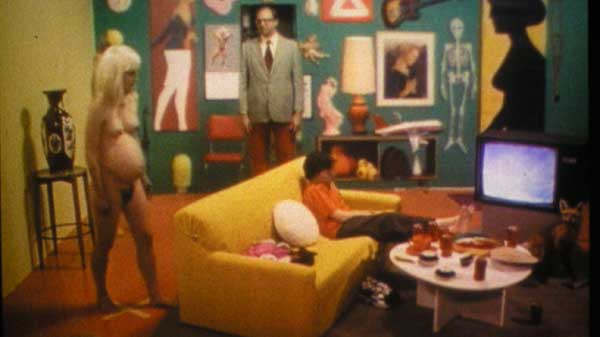
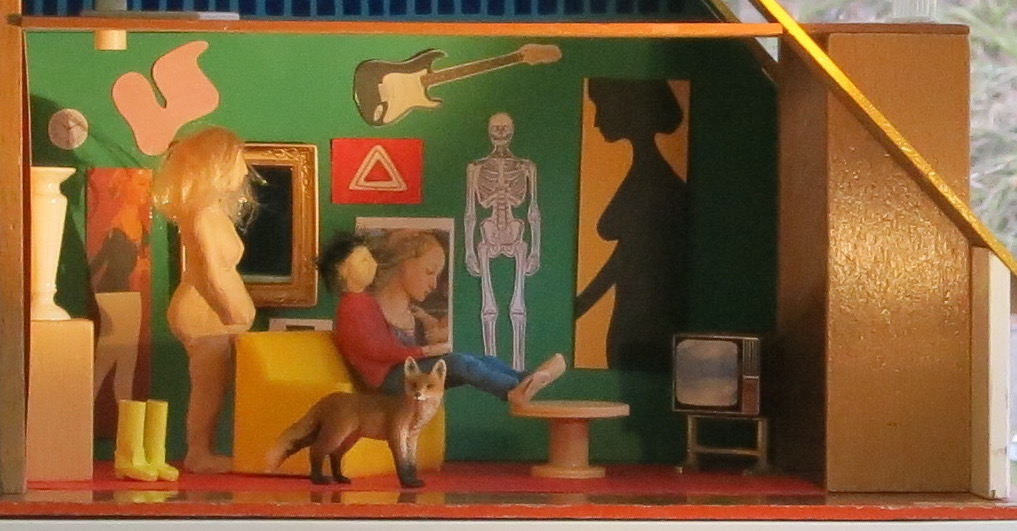
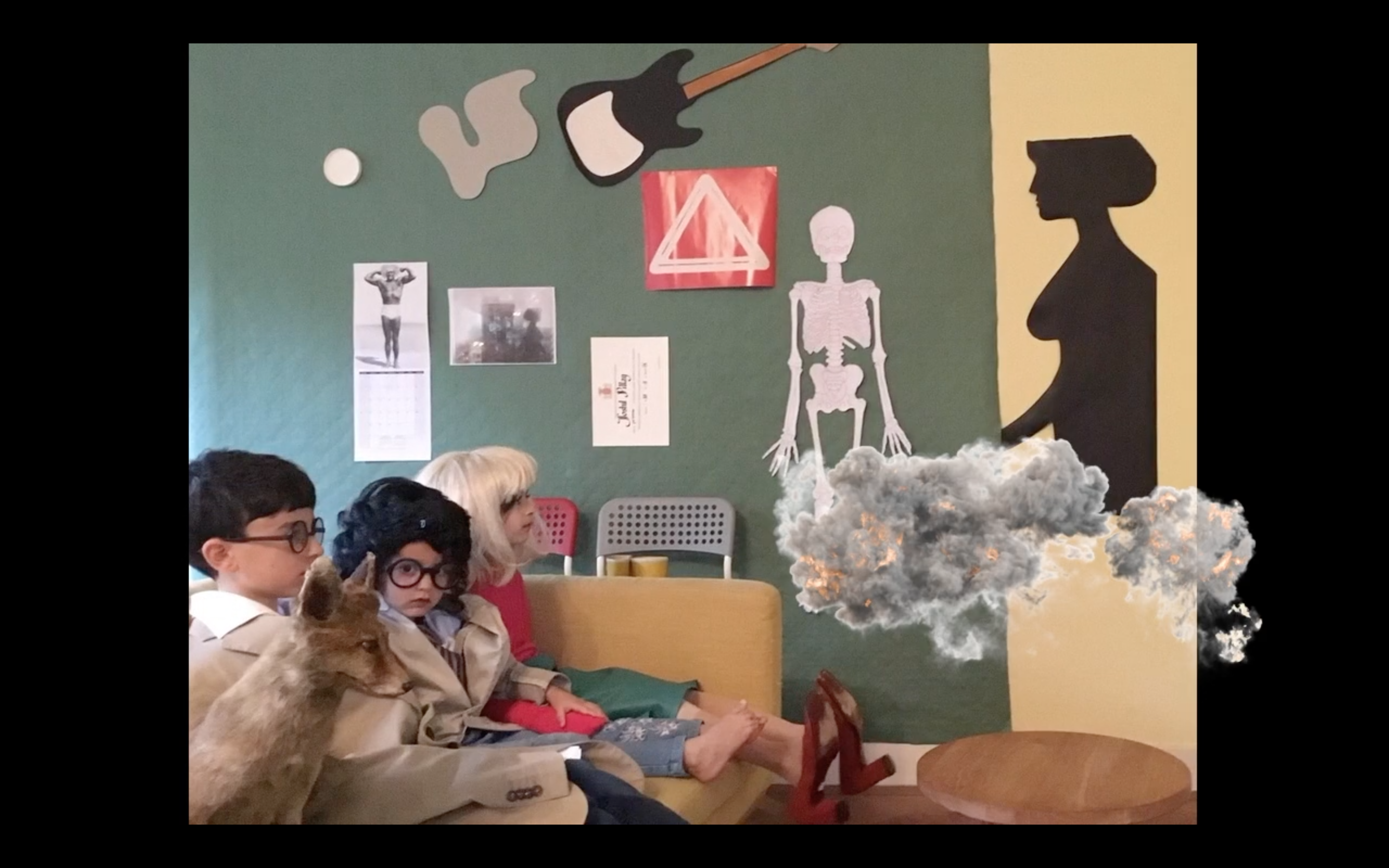
There are tones of absurdist comedy throughout the work, expressed in the repetition of fairly mundane actions, sometimes tweaked in subsequent iterations, sometimes same old, same old (though tinged with suspicion on second and third recurrences). I think Samuel Beckett’s tragic clowns would not find themselves out of place on a Snow film set. There’s also a sense of doing of something to death that, for me, brings the work into association with Beckett’s. Turvey, dissatisfied with the term ‘absurdist’ comedy, refines the definition for use in this context to cover the idea of ‘pushing a formal structure to the extreme, exploring all the permutations’. In Snow’s case the exhaustive exploration of the potential of, for example, the filmic zoom – (as in Wavelength) – while in the Preparatory Studies series, I exhaustively exploit a few motifs: lovingly killing the walking woman by doing her to death and slowly wrecking the couch (the violence of slapstick, the abuse carries through in these exploitations too). I noticed, over the course of my research, that couches are a rather important prop in slapstick comedy, in many instances, just as vital to the scene as the actors sitting upon it. The couch features very prominently in Snow’s Living Room, as it does in our own living room and in our Preparatory Studies. In Sight Gags (a) & (b), honouring the comic importance of this piece of furniture, we attempt to reconstruct the sequence that Donald O’Connor performs on a couch with a headless, stuffed doll in ‘Singin’ in The Rain’.


The shorts are very imperfect in terms of technical qualities: completely at the mercy of the fickle, natural autumn light, they fall far short of the contemporary viewer’s HD expectations. They are hostage to time and circumstance – in most of them we have only one chance to get it right and, occasionally, my cast resists direction! And these shortcomings provoke questions in terms of challenging what is tacitly agreed to pass the Fine Art litmus test. What makes this professional practice as opposed to amateur antics? Where is the threshold?
For me, forgoing technical finesse in favour of action capture, is a reasonable trade-off. I think the shorts do the job.
In defence of this, I’d like to conclude with a quote from the visual artist Gerard Byrne who, discussing his work and processes in conversation with Aidan Dunne at the National Gallery of Ireland, suggests a criterion that kind of helps get a handle on that dilemma:
‘It’s not about mastery or perfection but it is about adequacy.’
‘Again, it comes back to adequacy as a kind of benchmark. It needs to be good enough to do what I need it to be able to do.’
Ciara Finnegan
